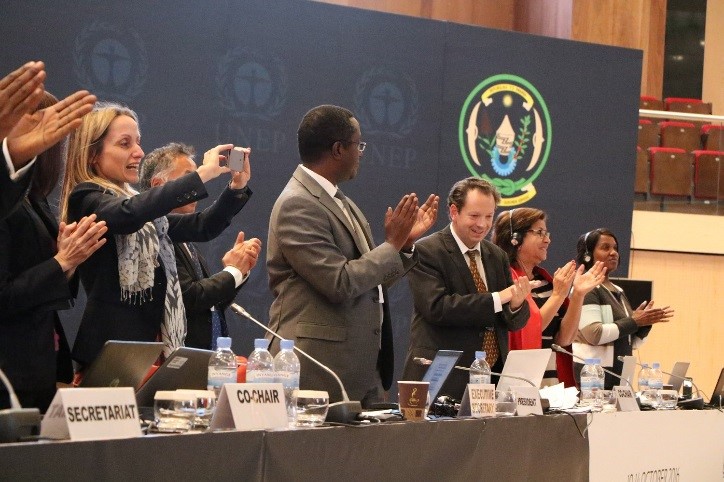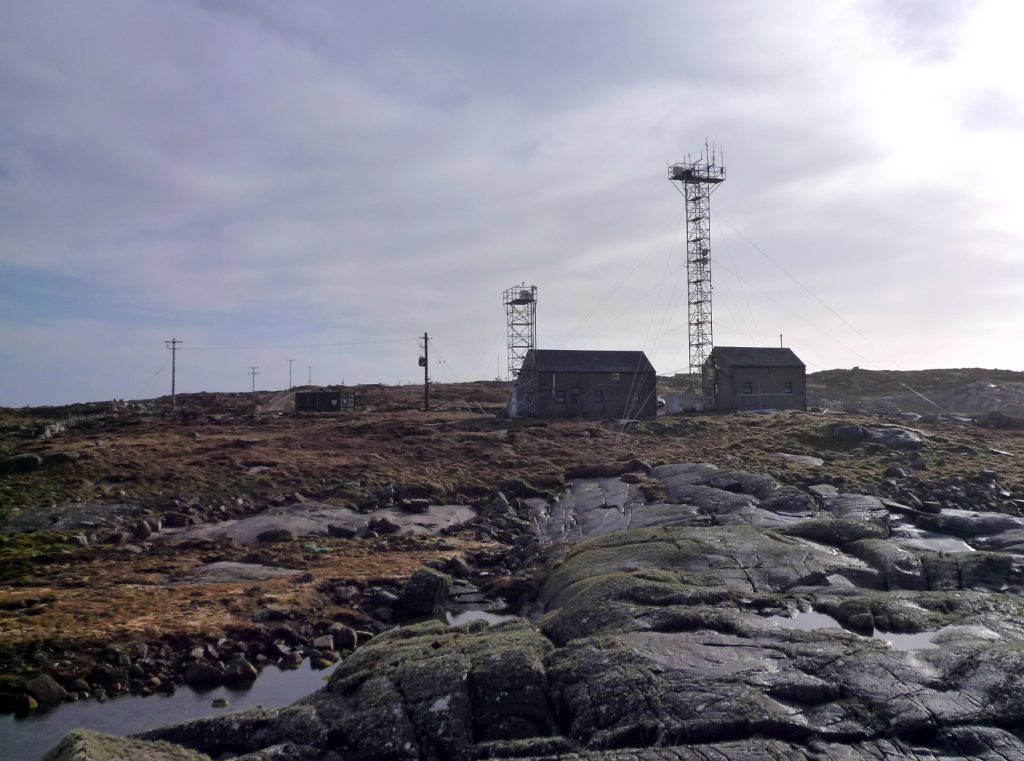
Dan Say, PhD student, Atmospheric Chemistry Research Group, School of Chemistry, University of Bristol
In the early hours of October 15th, negotiators from over 170 countries finalised a legally binding accord, designed to counter the effects of climate change by way of phasing down emissions of Hydrofluorocarbons (HFCs). These gases, introduced to replace the ozone-depleting CFCs and HCFCs for which the original Montreal Protocol was drafted, are typically used as coolants in air-conditioning systems. Unfortunately, like their predecessors, they are potent greenhouse gases, whose climate forcing effect per molecule is often many thousands of times greater than carbon dioxide.
The Kigali deal, named after the Rwandan city in which it was struck, is a compromise between rich countries, whose phase-out plan will begin as early as 2019, and poorer nations, for many of whom the relief of air-conditioning has only just become available. India, for instance, will not make its first 10% emissions cut until 2032.

Delegates celebrate the finalisation of the Kigali deal. Credit: COP 22
When the deal was finally completed, there was much celebration and relief. Against the ironic drone of several large air-conditioning units, brought in to maintain a comfortable temperature on a stifling Rwandan night, US Secretary of State John Kerry labelled the deal ‘a monumental step forward’.
However, as with the much lauded Paris Agreement, the success of this landmark piece of legislation will rely heavily on accountability. Each nation reports its greenhouse gas emissions, including HFCs, to the United Nations Framework Convention on Climate Change (UNFCCC). It is from these reports that a nation’s progress in cutting emissions can be assessed.
Here at the University of Bristol’s Atmospheric Chemistry Research Group (ACRG), we use atmospheric measurements of these greenhouse gases, in combination with an atmospheric transport model, to independently estimate emissions. Recently, we have used such an approach to estimate emissions of HFC-134a, the most abundant HFC in the global atmosphere. Observations of this gas were taken from the Mace Head Observatory, which can be found on the rugged West Coast of Ireland.
When we compared our emission estimates with those the UK government reported to the UNFCCC, a significant discrepancy was observed; between 1995 and 2012, the UNFCCC numbers are consistently double those derived independently.

The Mace Head observatory is ideally positioned to intercept air mass from the UK and Europe. Credit – University of Bristol
Via collaboration with DECC (Department of Energy and Climate Change), the government body that was previously responsible for the construction of the UKs annual emissions report, we were granted access to the model used to estimate HFC-134a emissions. Analysis of this model uncovered a number of assumptions made about the UK’s HFC markets, which in practice did not add up. Our work has led to a reassessment of the HFC-134a inventory by the government, and a subsequent lowering of the reported emission totals in the 2016 report.
In the wake of the Kigali and Paris agreements, both of which will require accurate reporting of emissions, our work is amongst the first examples of how independent verification can directly influence inventory totals. However, this study represents just the tip of the iceberg. Across the Kyoto ‘basket’ of gases determined to have an adverse effect on climate, inconsistencies between reporting methods are common place. A more concerted effort is therefore required to harmonise inventory reports with independent studies.
In countries such as the UK, where networks capable of measuring these gases already exist, the focus will be on improving the accuracy and reducing the uncertainty of our emission estimates; a step which will likely involve the addition of new sites, new instrumentation and significant investment.
Perhaps more importantly, these methods of independent verification must now be extended to regions where such infrastructure does not currently exist. Emissions from many of these countries are anticipated to rise sharply in the coming years, but are poorly monitored.
In July, researchers from the ACRG returned from Northern India, after two months studying greenhouse gas emissions from the FAAM research aircraft.

The Atmospheric Research Aircraft from the Facility for Airborne Atmospheric Measurements (FAAM), established by NERC and the Met Office as a facility for the UK atmospheric science community. Credit – FAAM
The utilisation of different data platforms is likely to play an essential role in enhancing the global network of greenhouse gas observations. It is the responsibility of the research community to ensure continued growth of the measurement network, and improve the availability of independent emission estimates required to verify the success (or otherwise) of climate legislation.
